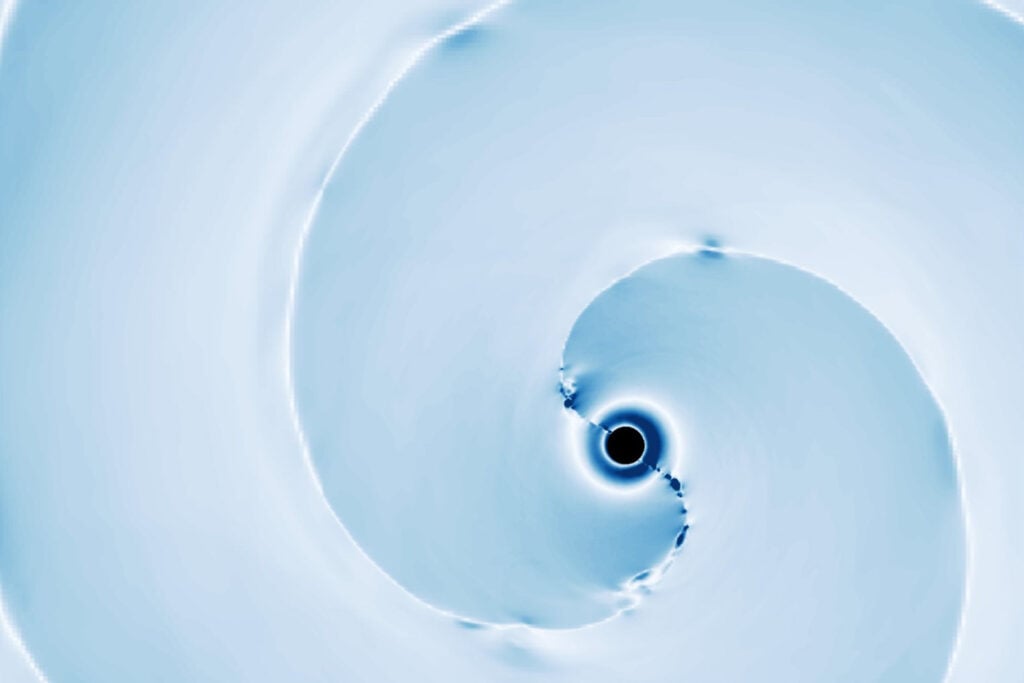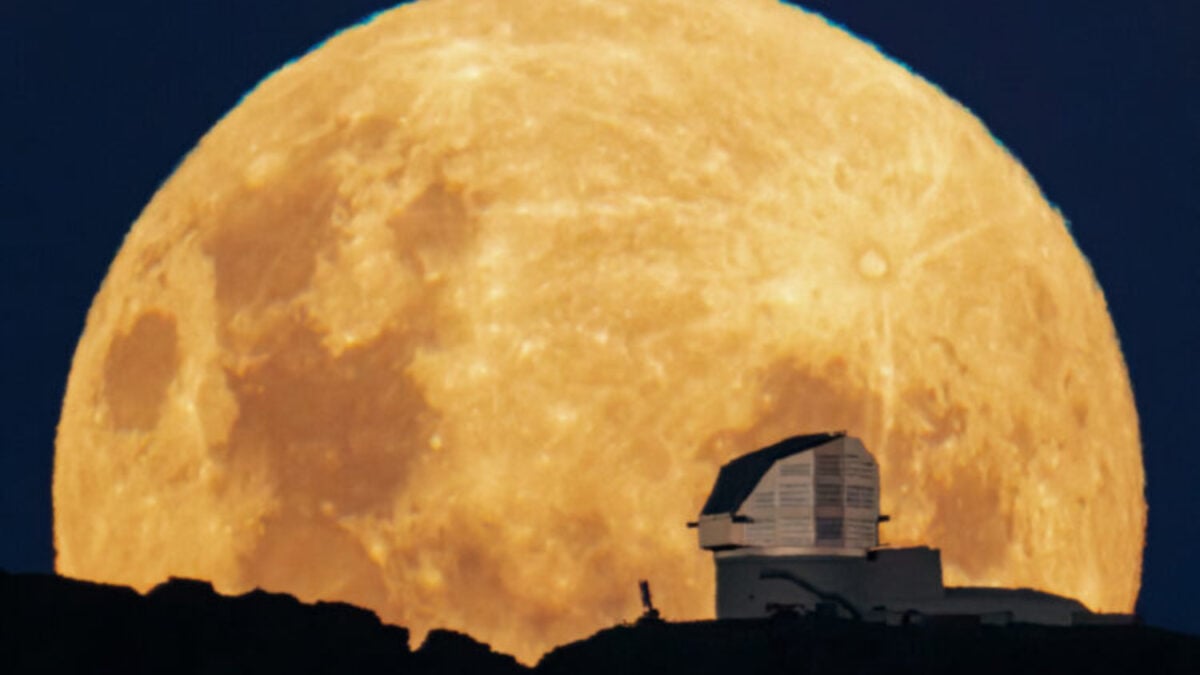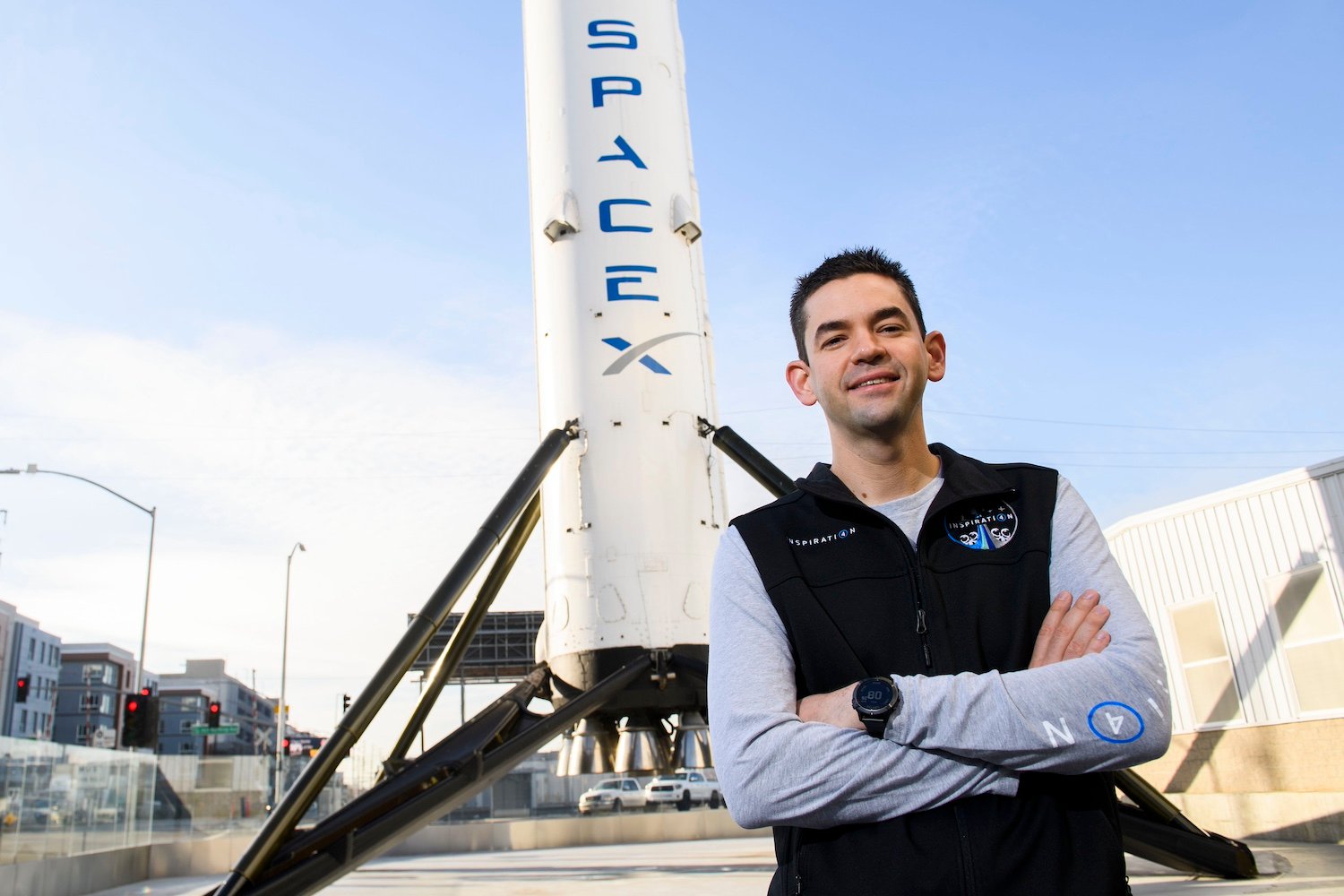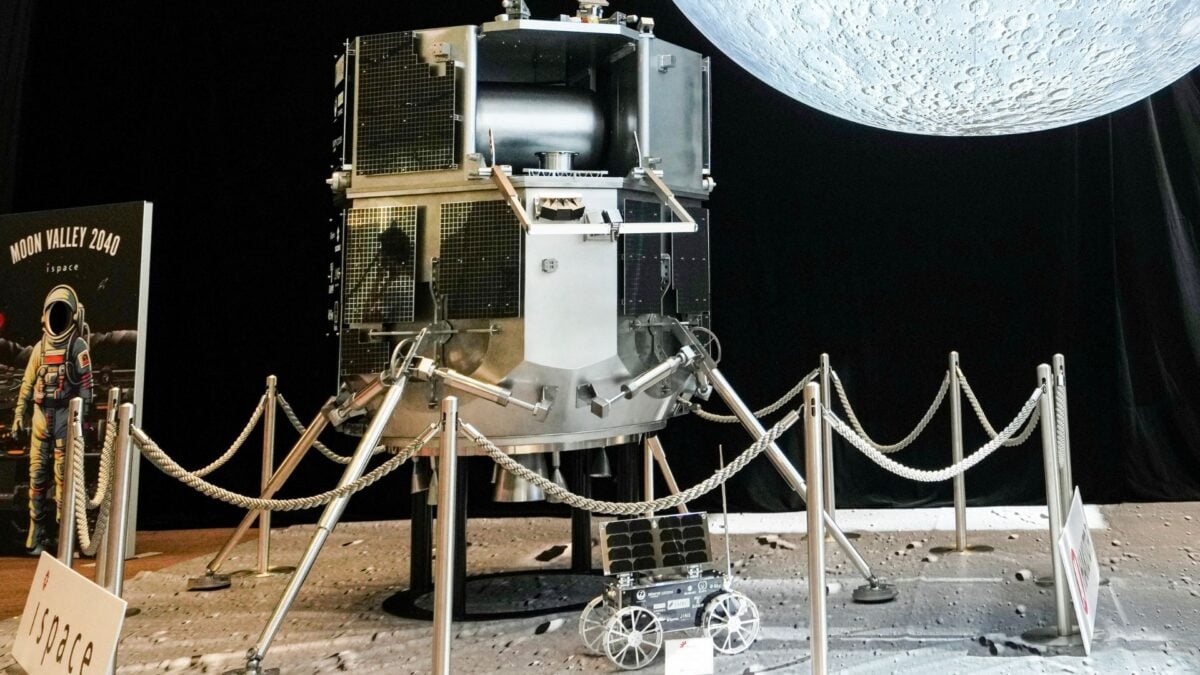The universe hosts events of unimaginable violence, and the collision of a black hole with a neutron star ranks among the most cataclysmic. Groundbreaking supercomputer simulations from Caltech are now offering an unprecedented, detailed look at these cosmic encounters. This new research illuminates the dramatic final moments of a neutron star before it is utterly consumed by a black hole, providing critical insights into some of the most extreme physics in the cosmos.
Two new studies, published in The Astrophysical Journal Letters, detail these advanced simulations. Led by Caltech astrophysicist Elias Most, the research unveils phenomena occurring in the mere seconds and milliseconds leading up to a neutron star’s obliteration. The first paper, published last year, focuses on the intense “star quakes” that wrack the neutron star’s surface as the black hole’s immense gravity takes hold. The second, published in March, explores the formation of “black hole pulsars” and the colossal shockwaves generated by this violent merger.
Unveiling Pre-Merger Chaos: Star Quakes and Magnetic Ripples
As the black hole’s gravitational forces begin to dominate, the neutron star’s incredibly dense crust doesn’t merely stretch—it shatters. “The neutron star’s crust will crack open just like the ground in an earthquake,” explained Most in a Caltech release. “The black hole’s gravity first shears the surface, causing quakes in the star and the opening of rifts.”
 Caltech simulation depicting magnetized plasma outflows erupting from a black hole-neutron star merger.
Caltech simulation depicting magnetized plasma outflows erupting from a black hole-neutron star merger.
This cataclysmic cracking unleashes Alfvén waves, powerful magnetic ripples that propagate across the star. Scientists theorize these waves could be responsible for generating fast radio bursts (FRBs)—mysterious, millisecond-long flashes of radio waves detected from distant cosmic sources. For the first time, these simulations demonstrate how such star-shattering tremors can cause neutron stars to emit extreme shock waves that ripple outward into the universe.
The Devouring Act: Monster Shockwaves and Cosmic Flashes
A follow-up simulation modeled the climactic moment when the black hole consumes the neutron star, revealing an even more intense spectacle than the preceding quakes. The neutron star’s collapse into the black hole generates shock waves theorized to be among the most powerful in the universe. These titanic shockwaves may also unleash a final, brilliant burst of energy across the electromagnetic spectrum, potentially including radio waves, X-rays, and even gamma rays, before the system falls into an eerie radio silence.
 Simulation sequence: a black hole's gravitational pull deforms and consumes a nearby neutron star.
Simulation sequence: a black hole's gravitational pull deforms and consumes a nearby neutron star.
Birth of a Black Hole Pulsar: An Exotic Phenomenon
The simulations didn’t stop at shockwaves; they also unveiled the potential formation of a “black hole pulsar.” This exotic object behaves similarly to an ordinary pulsar—a rapidly spinning neutron star that emits beams of light like a cosmic lighthouse. However, as its name implies, a black hole pulsar has a black hole at its core instead of a neutron star.
 Simulated magnetized winds (yellow lines) swirling around a black hole, characteristic of a black hole pulsar after a neutron star merger.
Simulated magnetized winds (yellow lines) swirling around a black hole, characteristic of a black hole pulsar after a neutron star merger.
For a brief period after the black hole has consumed its neutron star companion, it becomes enveloped in powerful magnetic winds that mimic a pulsar’s characteristic lighthouse beams. While the existence of such objects had been theorized, these simulations now provide a detailed mechanism for their formation and offer clues on how astronomers might detect them.
Simulating Cosmic Extremes: The Science Behind the Scenes
To achieve this level of detail, the Caltech team utilized the immense computational power of the Perlmutter supercomputer at Lawrence Berkeley National Laboratory. Simulating a black hole-neutron star merger is significantly more complex than modeling a merger of two black holes. “When you simulate two black holes merging,” Most elaborated, “you need the equations of general relativity to describe the gravitational waves. But when you have a neutron star, there’s a lot more physics taking place including the complex nuclear physics of the star and plasma dynamics around it.”
These sophisticated simulations, when analyzed in conjunction with real-world observational data from collaborations like the LIGO-Virgo-KAGRA network, will be instrumental. They promise to help scientists more accurately identify and profoundly understand the dynamics of black hole-neutron star collisions, pushing the frontiers of astrophysics and our comprehension of the universe’s most extreme events.










